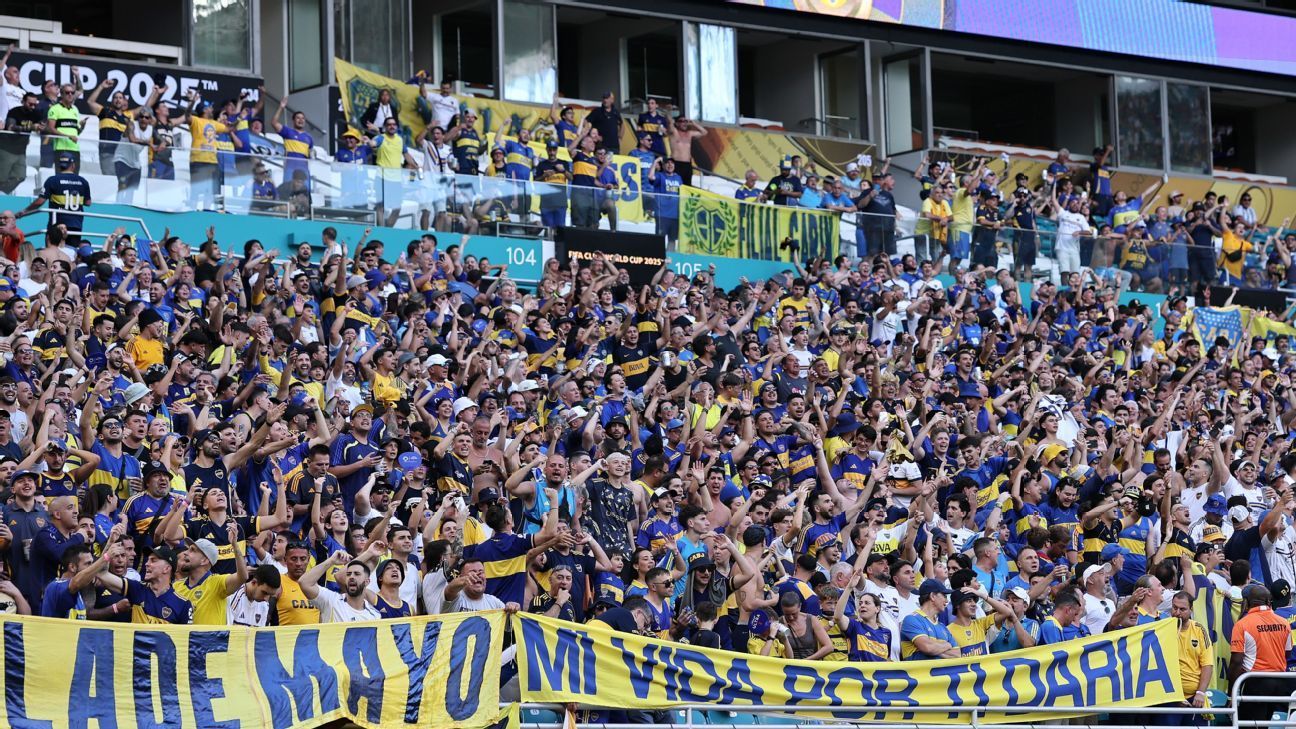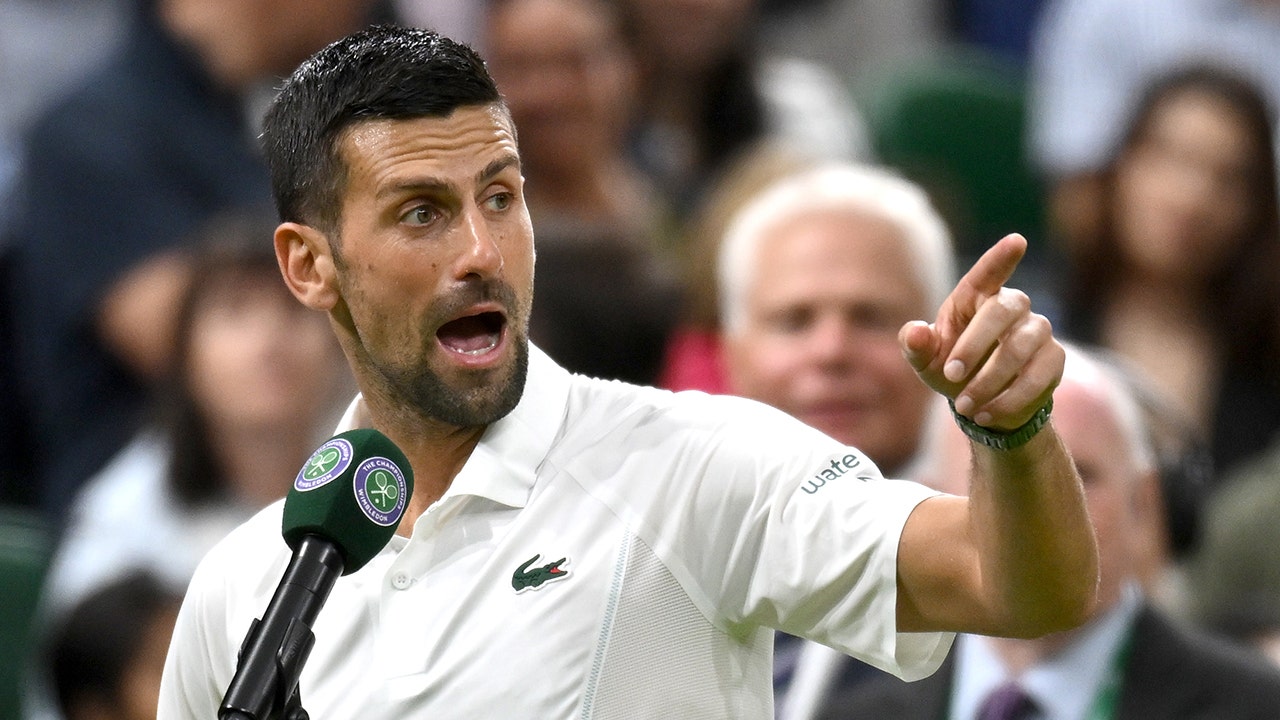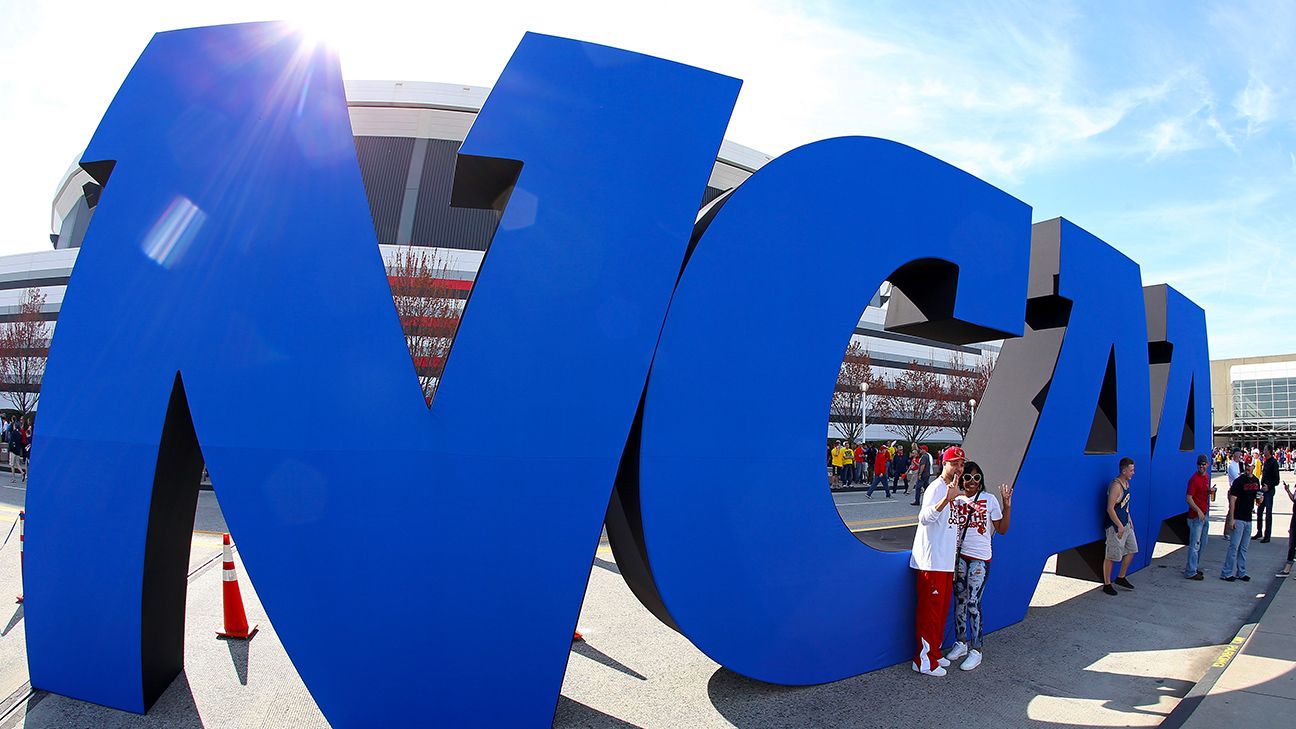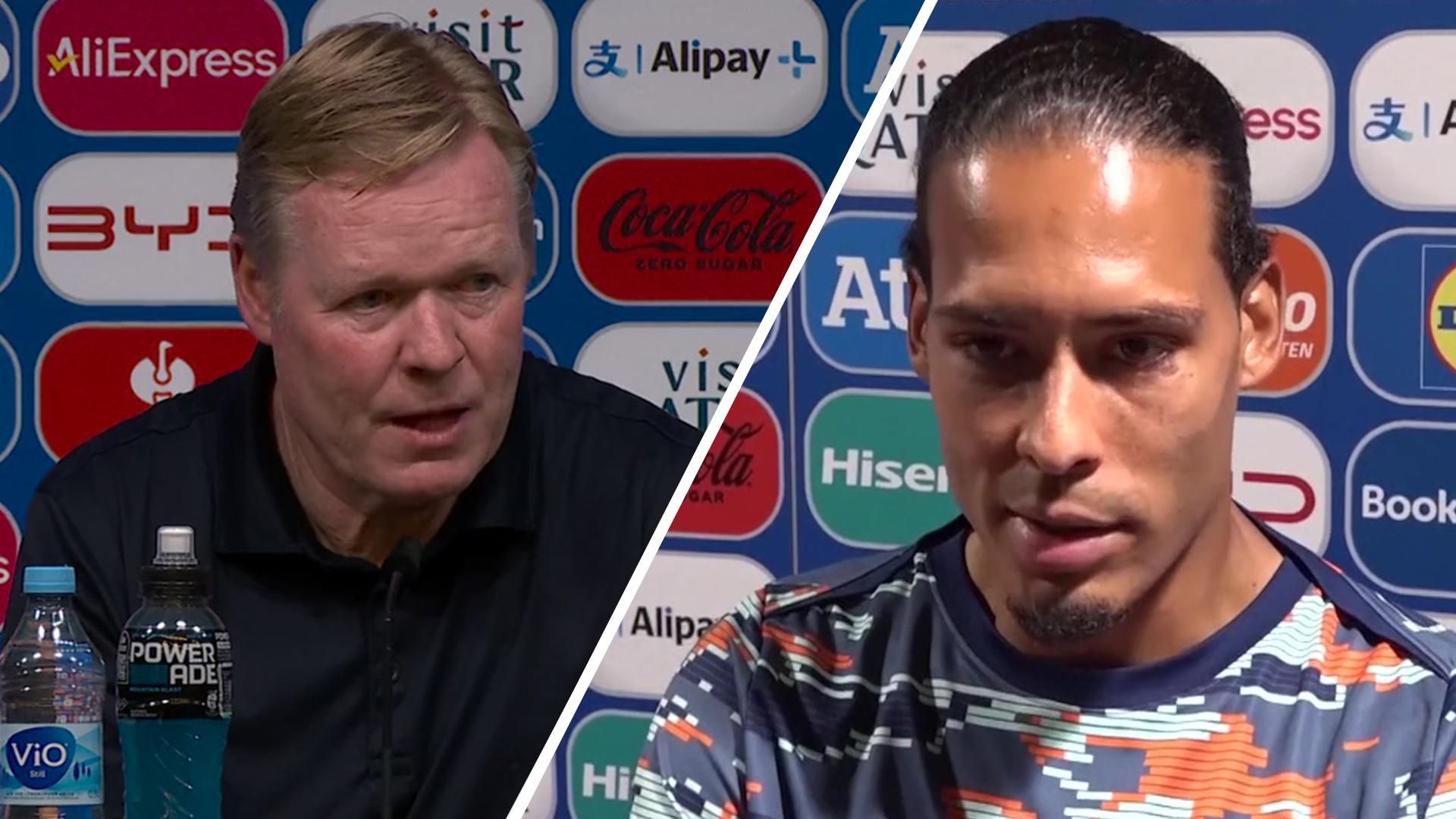The videos continue to shoot their social feeds: Boca Juniors fans on the beach in Miami, while Palmeiras fans illuminate Times Square. He will also listen to him in the stands and see him in the scenes: River Plate fans sing songs in Seattle and Flamengo followers roaring during the presentations of individual players.
The FIFA Club World Cup can be a global tournament, but in the United States, it feels unequivocally South American.
The six Conmebol clubs, the previous quartet, in addition to Fluminense and Botafogo, avoided defeat in their initial matches (three victories and three raffles), but the bases of South American fans have also been the most bustling, they appeared in the largest numbers and deserve all the attention.
It shouldn't be a big surprise. Many of their UEFA counterparts shrink from Apathy shrinkage through the new expanded tournament, pointing out their lack of history. The teams of other regions seem happy to be there, intrigued by the massive pots of awards and anxious to find international legitimacy. But in South America, this tournament provides the opportunity to recover some of the past glories.
Fans know the memory dates. You see them in banners, you listen to them in songs and read them in club publications.
Palmeiras in 1951 were crowned Rio Cup champions after beating Nice, the Red Star Belgrade and Juventus. It was the first Intercontinental Club tournament with teams from Europe and South America. In 1981, Flamengo dominated Liverpool 3-0 in the Intercontinental Cup, a match with the Copa Libertadores champions and the UEFA Champions League. River Plate did the same in 1986, surpassing Steeaa Buurești of Romania.
“In 1950, Brazil lost the World Cup against Uruguay, and it was a great blow. 1951 He brought that back and was celebrated not only by Palmeiras but also supporters of other teams,” said Paulo Roberto, the leader of the United States chapter of the group of suppongators of Palmeiras. Green stainto ESPN. “Until today, it is something that we value because it is history, and you cannot erase the story.”
These international trophies are great sources of pride for the teams of South America that have them. Similarly, participation in the tournament now known as the FIFA Intercontinental Cup, where the most recent champion of each Confederation competes in a tournament. This year, Real Madrid beat Pachuca 3-0 from Concacaf in the final.
“This tournament brings together the elite of global football, and it is an honor to see once again the name of the river among the main figures,” said River Plate Secretary Stefano Di Carlo. “It will be our third time to participate in the Club World Cup in the last 10 years, which reaffirms our State as the best representative of the region.”
While the entire Sexteto of Conmeboly teams would love to make history winning once again, and testing the opening of its rivals to celebrate a title, the probability is that the champion will come from UEFA, as it has done in the last 11 times that the tournament was carried out in its previous format.
The economic realities of the current ecosystem mean that the South American clubs are often separating from their early talent, transferring the best players in the academy to continue financing the club and watching while they go to stardom for the great European clubs.
“The players who used to play in our team are now playing in Liverpool, Manchester United, etc.,” said Juan Pablo Pacheco, River Plate Texas leader. “We see them with the brilliant lights of playing in Europe, but forget what it is to play in South America. We are eager to play these teams and show that we still have it, despite the fact that our best players emigrate to Europe.”
But the games do not always agree with the script. The Argentine duo of Benfica, Ángel Di María and Nicolás Otamendi, ended the hopes of a mouth of an early victory with a couple of goals in a 2-2 draw in Miami. Di María, who scored from the penalty spot, clarified after the game that his hand gesture was not an apology for Boca fans, but a simple greeting to his family.
And the family is a thread that crosses all this, another reason why the tournament is important for South American fans.
“It is very special, especially for me. I go with three generations, with my father, who is a great supporter of Flamengo, and also my eldest son. They are three generations of being Flamengo,” said Renato Silva, a Flamengo fan who used to live in the United States, but once again they live in Rio de Janeiro and travels through the tournament. “For us, it is very important. These are always part of the conversations in society. I think it is much more important for us than European teams.”
All these factors are important, but there is something else in the Club World Cup that should not be underestimated by those who work to understand why these six clubs seem to import much more than some of their fellow candidates for CWC.
There are many South American fans who live and work in the United States who still keep up to date with their team, maybe they threw that feeling of home even more when they are far away. Do you see the team in your city? Make old friends come to visit to go see games in brilliant stadiums? It is a party.
“It means a lot for us that we have been abroad for a long time,” said Mariano Bossana, president of the Boca Juniors Consulate in Washington, DC, “it is not just a pleasure and an opportunity to see Boca Juniors playing close, but also a source of pride to compensate with some of the most respected teams around the world. Bring Boca to the international stage.”
Of course, for clubs, the tournament presents not only the possibility that followers have a good time or that the team seeks revenge in the field. Being in the great international scenario is also a great opportunity to put their brand in front of fans around the world, and crucially to do so in the United States, where almost all teams, Asians, Europeans, Africans, have gathered activities to connect with existing fans and try to win over new ones. But South American clubs have stood out both on scale and in passion.
That is partly due to the fact that, traditionally, many have done little compared to their European counterparts to try to reach new markets. Botafogo has a space near Venice Beach called Venice House, where he organizes events, and followers can hang out and meet other fans.
A house by Botafogo em Venice Beach Já é Swesso inside the field! 🌴⚽
EM PARCERIA COM TO SECRETARY OF TOURISM DO RIO DE JANEIRO EA TURISRIO, we are promoting the tourist laces do nosso status EM FULNA DO CUP Mundo de Club Da FIFA.
Tourism and Futebol together, … pic.twitter.com/dzuyiftqhc
– Botafogo FR (@Botafogo) June 18, 2025
“Botafogo House will be a special place to honor everything we have built here,” said CEO Thairo Arruda in a statement. “We want to share our essence and show everyone what it is to be Botafogo.”
In addition to the activations on the site, the clubs are also trying to reach new online followers. River launched its social media channels in English under the global umbrella of River Plate just before heading to the United States for the tournament, which opened with a 3-1 victory over Urawa's red diamonds on Tuesday.
It is a key part of the strategy of that club to continue turning new fans, since the club works through many of the financial problems that clubs in South America should deal with, which European teams backed by billionaires or private capital should not worry.
“River's internationalization could not be just an objective, it had to be the result of integral growth. Since 2013, the club has gone through a deep transformation. We have tripled our annual income, from $ 50 million to more than $ 180 million,” said Di Carlo. “The road is to continue making River grow in all dimensions, so participating in the Club World Cup is not an arrival point, but rather another step in a sustained project to consolidate river among the great clubs of the world.”
It is possible that these six teams of Conmeboly, already among the powers of the region, can use the money earned, the increase in exposure and experience in the field to further accelerate their growth. Other clubs, surely, are struggling for liberators for the eternal glory of being the champion of the tournament, but the possible trip to a Club World Cup and the cash influx that it offers is an advantage of non -insignificant amounts.
It is a motivation that will boost many more South American teams. Although, as team fans have demonstrated for the first expanded edition, their team simply be here is more than enough to express their emotion and take over the tournament.












